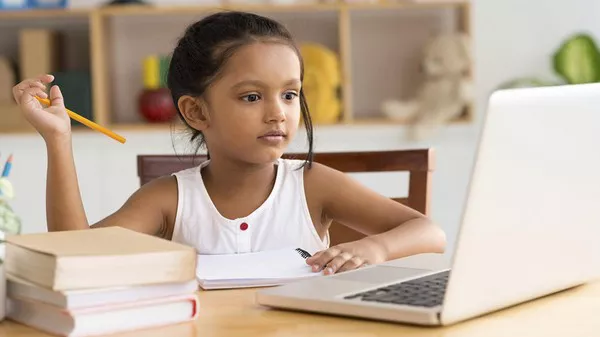Toys are not just objects for entertainment; they are powerful tools that contribute significantly to children’s learning and development. Play is an integral part of childhood, and the right toys can stimulate imagination, enhance cognitive skills, promote physical development, and foster social and emotional growth. In this comprehensive article, we will explore the various ways in which toys can positively impact children’s learning and development, highlighting the importance of play in their overall well-being.
-
Cognitive Development:
Toys play a vital role in promoting cognitive development in children. Educational toys, such as puzzles, building blocks, and problem-solving games, encourage critical thinking, logical reasoning, and spatial awareness. These toys stimulate children’s minds, helping them develop problem-solving skills, improve memory, and enhance their ability to analyze and make connections. Furthermore, age-appropriate electronic toys and interactive learning devices can introduce children to early concepts of mathematics, language, and science in a fun and engaging manner.
Puzzles, for instance, challenge children to think strategically, analyze shapes and patterns, and develop spatial reasoning skills. Building blocks enable children to explore principles of balance, geometry, and cause-and-effect relationships. Problem-solving games, such as brainteasers or strategy-based board games, foster critical thinking, decision-making, and the ability to plan ahead. These toys not only engage children’s minds but also nurture their curiosity and love for learning.
-
Language and Communication Skills:
Toys can also aid in the development of language and communication skills. Language-focused toys, such as storybooks, puppets, and interactive toys with audio features, can encourage children to engage in imaginative play, storytelling, and vocabulary building. Playing with these toys allows children to practice verbal expression, expand their vocabulary, and develop essential language and communication skills.
Storybooks, for example, not only introduce children to narratives and characters but also enhance their listening comprehension and storytelling abilities. Puppets provide a platform for children to express themselves creatively, engage in dialogues, and develop confidence in public speaking. Interactive toys with audio features, such as alphabet or number games, can reinforce letter and number recognition, phonics, and early language skills.
Furthermore, toys that facilitate social interaction, such as board games and role-playing sets, promote conversation, turn-taking, and cooperation, further enhancing language development. By engaging in pretend play scenarios, children learn to communicate their thoughts, negotiate with others, and develop a deeper understanding of the power of language in interpersonal relationships.
-
Motor Skills and Physical Development:
Toys that require physical manipulation, such as balls, bicycles, and building sets, contribute to the development of motor skills and physical coordination in children. Fine motor skills are refined through activities like stacking blocks, threading beads, or using crayons. These activities strengthen hand-eye coordination, improve dexterity, and enhance finger and hand muscle control.
Building sets, such as LEGO or magnetic tiles, encourage children to manipulate small objects, enhancing their fine motor skills and spatial awareness. By carefully aligning and connecting the pieces, children improve their hand-eye coordination, develop a sense of symmetry, and gain confidence in their ability to create structures.
Gross motor skills, on the other hand, are developed through active play with ride-on toys, balls, and climbing structures. These activities promote balance, strength, coordination, and spatial orientation. Riding a tricycle, kicking a ball, or climbing on a jungle gym helps children refine their gross motor skills, build stamina, and develop body awareness.
-
Social and Emotional Growth:
Toys provide opportunities for children to develop social and emotional skills. Dolls, action figures, and stuffed animals enable children to engage in pretend play, fostering empathy, nurturing skills, and emotional understanding. Role-playing sets, such as kitchens or doctor’s kits, allow children to act out different roles and develop social skills, such as turn-taking, sharing, and empathy.
Board games and other group activities promote socialization and cooperation, teaching children to work together, communicate effectively, and negotiate with others. These toys can also help children develop emotional regulation skills by teaching them how to manage disappointment, frustration, and other difficult emotions in a safe and supportive environment.
Conclusion:
Toys are much more than just playthings; they are essential tools that aid in children’s learning and development. The right toys can stimulate imagination, enhance cognitive skills, promote physical development, and foster social and emotional growth. As parents and caregivers, it is crucial to choose age-appropriate toys that align with a child’s developmental stage and interests.
Moreover, it is essential to provide children with ample opportunities for free play, as unstructured playtime allows children to explore their environment, develop their creativity, and build confidence in their abilities. By harnessing the power of play, parents and caregivers can create a nurturing and enriching environment that fosters children’s growth and development.


